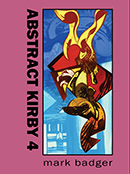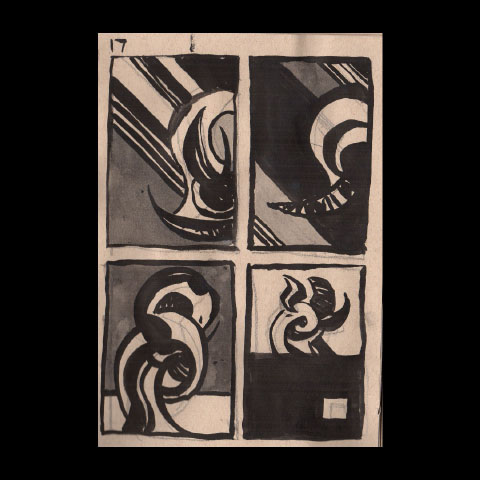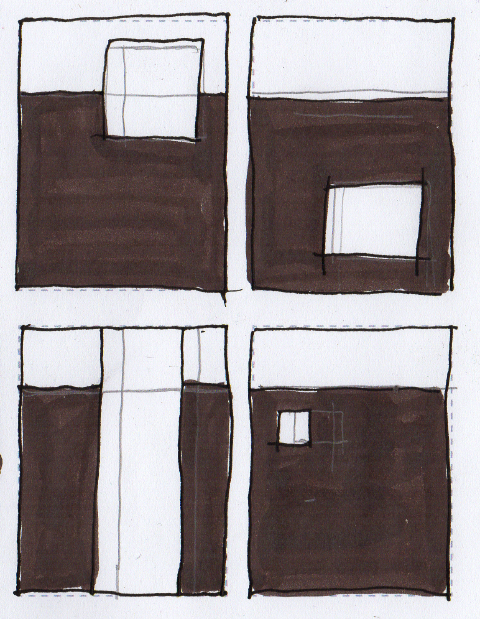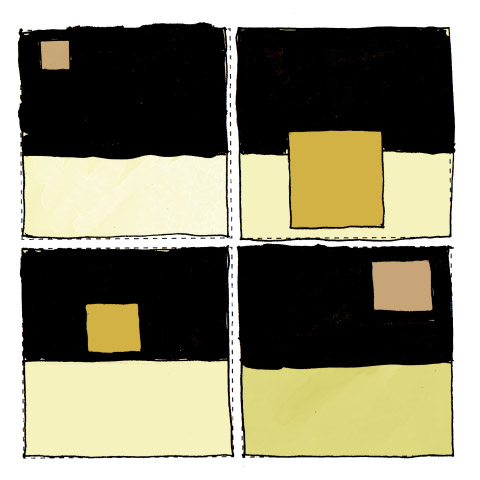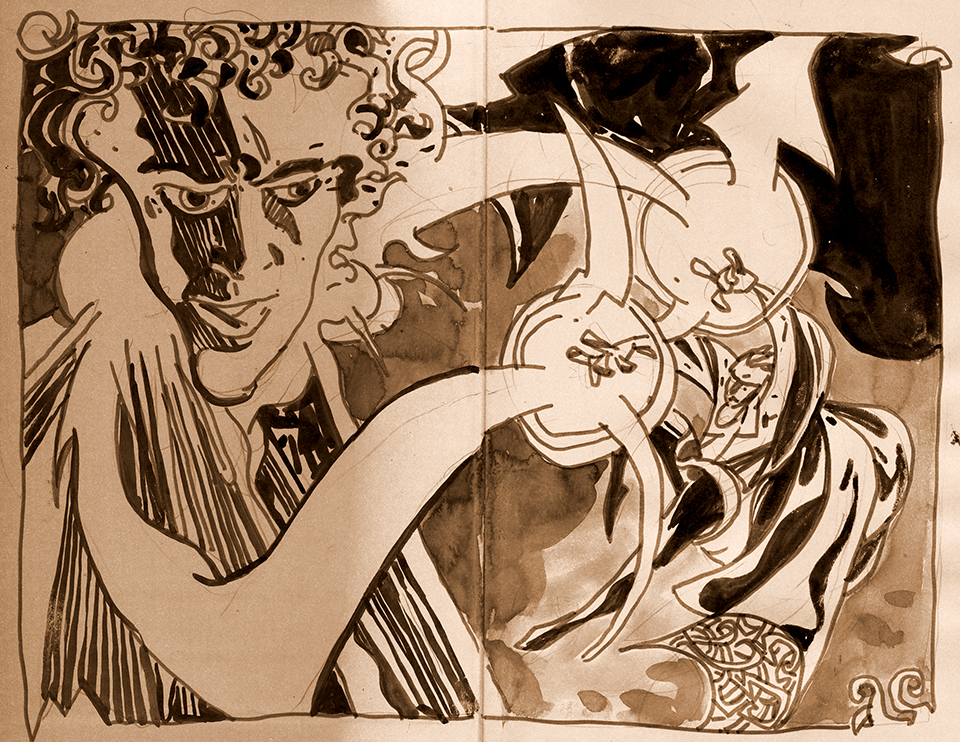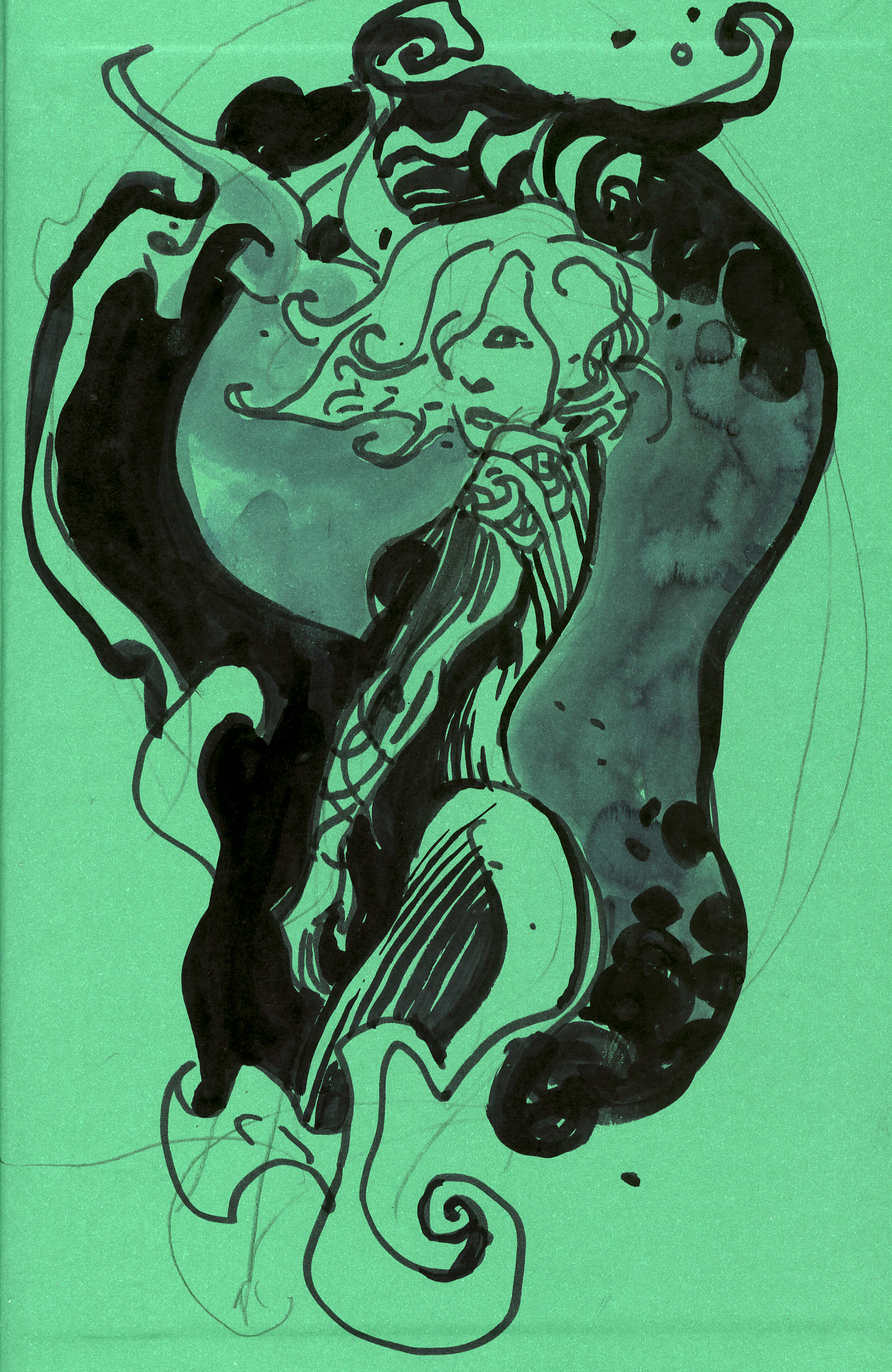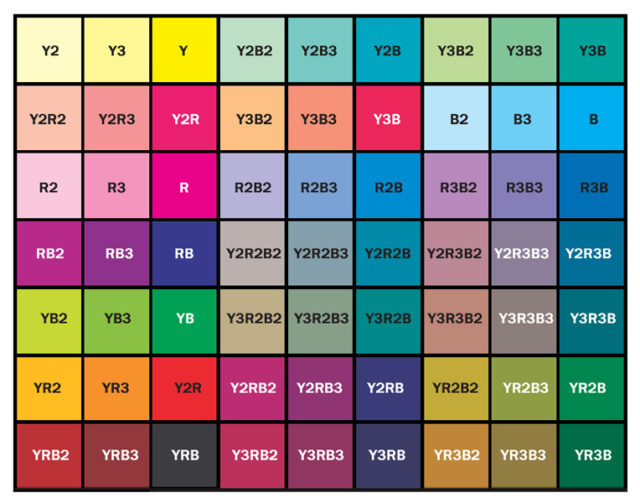
Making art is about continually judging what is right. So in excavating old work is there any point in looking at it again? Well, when your headspace is filled by past events, fabrications and hungry ghosts that you don’t want to feed anymore, probably not.
But Daniel Vozzo once from DC Comics posted a color chart from the 80’s when the color in comics was a hand done process involving codes, little old ladies in Connecticut, and some luck. Then a request for a re-creation of the last page of Martian Manhunter (a series I had draWN colored) came over the Internet. It was shocking how much I liked the work. See those hungry ghosts are rather large with nasty tentacles that have torn at mainstream comics career.
In the middle of that career, I was diagnosed with Multiple Sclerosis.
I did a short strip in an anthology with friends about being diagnosed with MS. It ended with a plea to support the Single-Payer initiative on the ballot that year in California. We got a letter that said, “sorry but that’s not the appropriate subject matter in comics”. So at 31, the comics community, my body and the medical professionals basically said “you’re not appropriate”. They all said, “there is the ice floe, see ya!”.
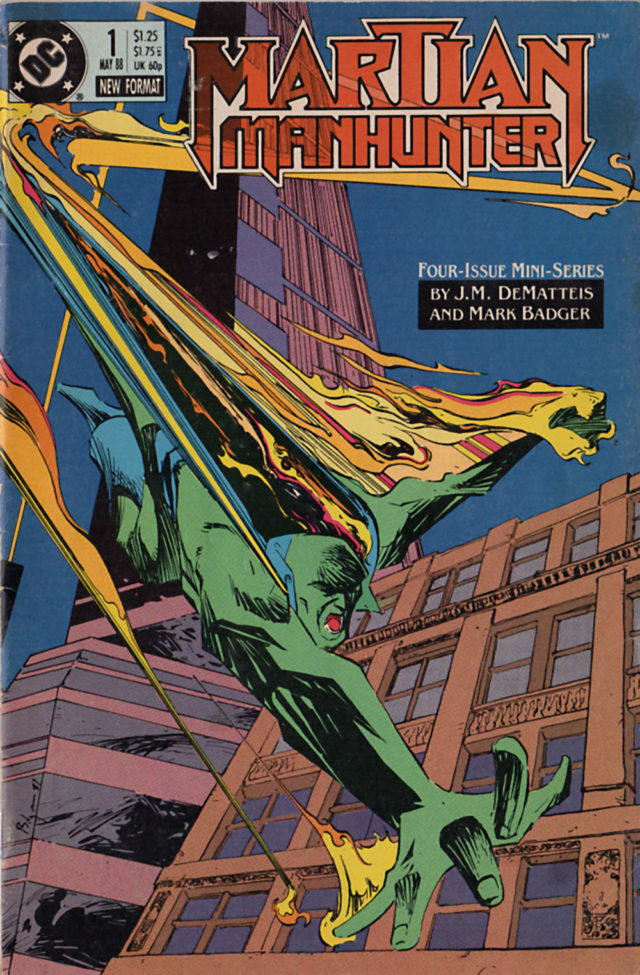
But I lucked out, the Multiple Sclerosis, while at times crippling, is down to some chronic pain and the normal aches of old age. At 31 most people are healthy, by sixty even the finest of athletes, have aches creaks and cracks. It’s just the norm for everyones life now.
Now looking back at Martian Manhunter, there are some failures, and some neat ideas too. Age, time, a whole lot of meditation, has stuffed all the ghosts from the past into the closet. So now it’s time to find those good ideas.
Mainstream comics is factory work, a writer plots, artist pencils, another inks, another colors. I was weird that others had a hard time inking my work, and I was pretty sure they couldn’t color it right. The editor Andy Helfer let me color the work myself. But covers were more important and had to be done in the “office”. Weird kids like me weren’t allowed to color the cover, that would be wrong. When I came into the office in NYC to deliver the pages the color drone was mumbling at Andy about what a terrible cover this was and he had no idea how to color it. Helfer made a huge leap to let me color the cover because I seemed to be the only one who could make my own art work.
I had used diagonals swiped from Russian Constructivism and combining it with life drawing based inking was really the foundation of what would be my work. Now it’s seeing that color, knowing it should be simple, the buildings one color, flames another, details don’t need to be picked out in color. Let the big structure determine the color, not the need for silly rendering and tiny highlights.
